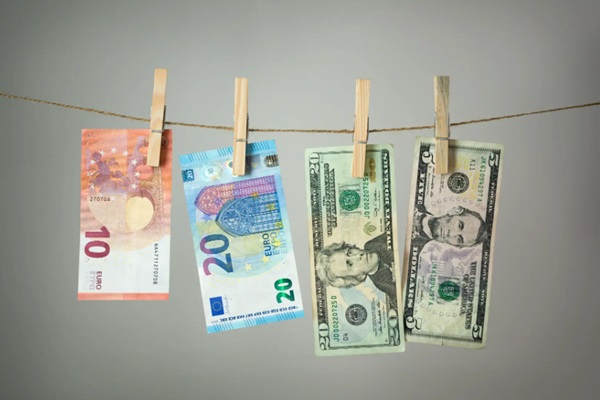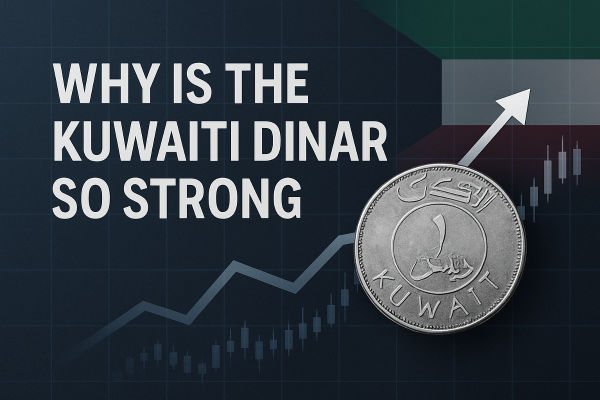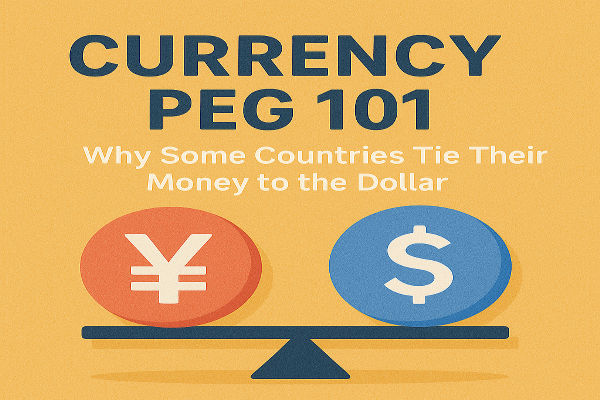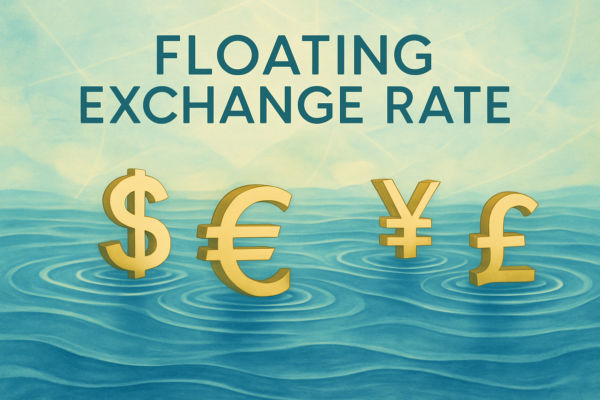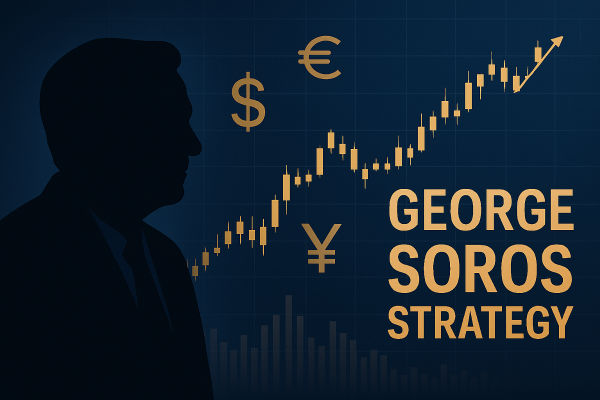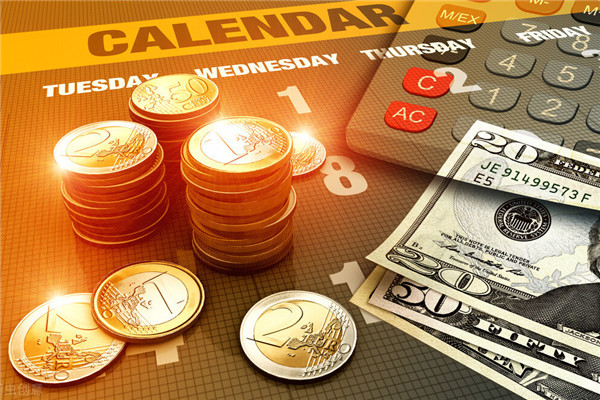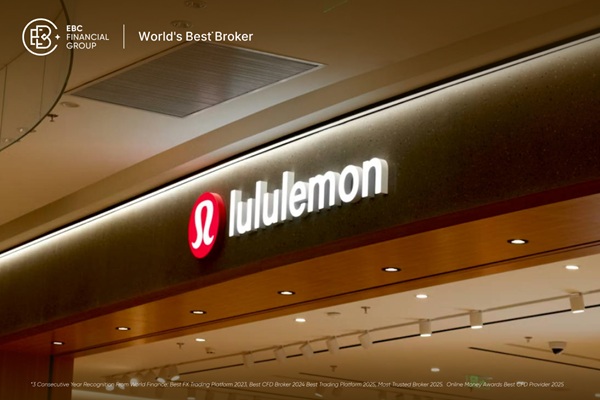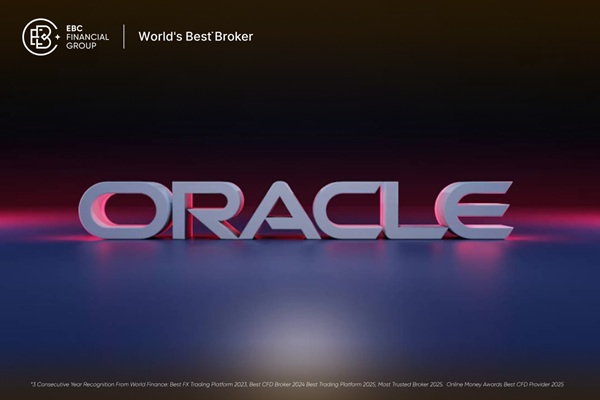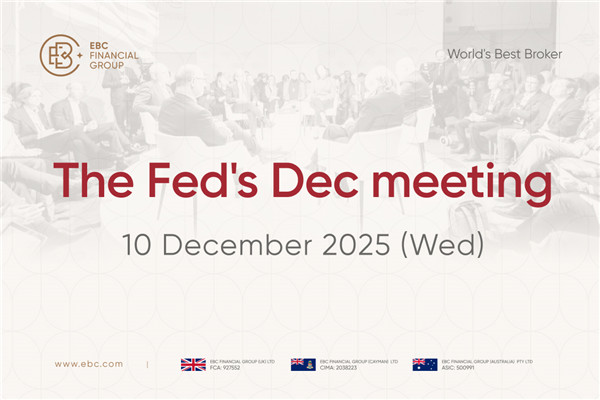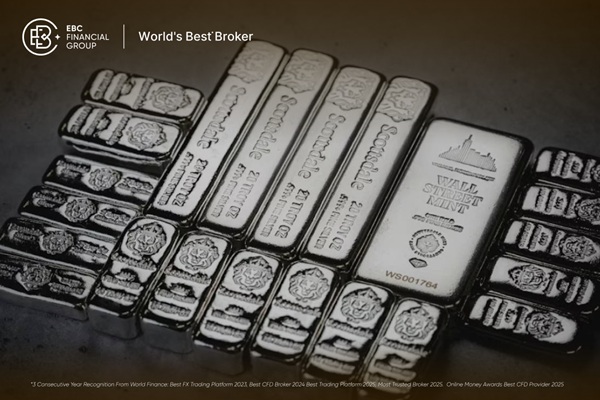A pegged currency, also known as a fixed exchange rate system, is a type of exchange rate regime where a country's currency is tied to another major currency, such as the US dollar or the euro. Rather than allowing market forces to determine the exchange rate, the country's central bank intervenes to maintain a specific value.
This system is widely used by countries seeking currency stability, especially those with smaller or developing economies. By anchoring their currency to a more stable one, they hope to reduce volatility, attract foreign investment, and maintain low inflation.
What Is a Pegged Currency?

In a pegged system, a government sets a fixed exchange rate between its national currency and a foreign benchmark currency (or basket of currencies). The domestic currency's value is then maintained within a narrow band around this fixed rate.
For example, the Hong Kong dollar is pegged to the US dollar at around HK$7.80. If the value deviates outside the acceptable range, the Hong Kong Monetary Authority intervenes—buying or selling foreign reserves to maintain the peg.
There are two broad types:
Types of Pegging Regimes
Pegged systems can vary in flexibility and structure. The most common forms include:
Hard Peg: A currency is fixed at an exact value with little or no fluctuation. This is often enforced by a currency board, which holds sufficient foreign reserves to back the domestic money supply. Example: Hong Kong.
Adjustable Peg: The exchange rate is fixed but can be altered by the central bank under specific conditions. Used during the Bretton Woods era.
Crawling Peg: The fixed rate is adjusted gradually over time in small increments, often to reflect inflation differentials or trade balances. This method is common in countries with evolving economic policies.
Currency Bands: The currency is allowed to fluctuate within a narrow range (or band) around a central rate. Intervention is triggered if the rate approaches the upper or lower bounds.
Each regime balances trade-offs between stability and flexibility, and the right approach depends on the country's economic objectives and institutional capacity.
How Central Banks Maintain Pegs
To uphold a currency peg, central banks must actively manage exchange rates by intervening in the foreign exchange market. The main methods include:
Buying or selling foreign currency: If the domestic currency weakens below the target rate, the central bank sells foreign reserves and buys its own currency, pushing its value up. Conversely, if the currency is too strong, it buys foreign currency and injects more local currency into the system.
Interest rate policy: Adjusting domestic interest rates can influence capital flows. Higher interest rates may attract foreign investment, supporting the domestic currency.
Maintaining large foreign currency reserves: Pegs require substantial reserves to defend against speculative attacks and to smooth exchange rate volatility.
Capital controls (in some cases): To limit disruptive currency flows, some countries may impose temporary restrictions on capital movement.
Effective management of these tools is essential to preserve credibility and maintain investor confidence.
Common Pegged Currencies Today
Several countries continue to use pegged exchange rate systems, particularly those with trade-focused economies or close ties to a major currency area. Notable examples include:
Hong Kong (HKD/USD) – A well-known hard peg to the US dollar.
saudi arabia (SAR/USD) – A fixed peg critical to oil exports and economic planning.
Denmark (DKK/EUR) – Operates a tight peg through the ERM II mechanism.
United Arab Emirates (AED/USD) – Pegged to the dollar to stabilise oil revenue flows.
Bahrain and Oman – Also maintain dollar pegs to support fiscal policy consistency.
Some smaller economies opt to peg their currency to a basket, combining multiple foreign currencies to diversify their exposure and minimise single-currency risk.
Peg vs Floating: Key Differences
The choice between a pegged and a floating exchange rate system reflects a country's economic priorities and institutional strength. Each system carries distinct advantages and trade-offs:
Pegged Systems:
Pros: Exchange rate stability, lower inflation, increased investor confidence, better trade planning.
Cons: Loss of monetary policy independence, vulnerability to speculative attacks, and large reserve requirements.
Floating Systems:
Pros: Greater flexibility in responding to economic shocks, self-adjusting mechanisms, and no need for large reserves.
Cons: Exchange rate volatility, potential inflation risks, and greater uncertainty for businesses and investors.
Many countries choose a managed float—allowing market-driven rates while intervening occasionally to smooth volatility.
Final Thoughts
Pegged currencies serve as a stabilising mechanism for many economies, especially those that are highly dependent on trade or lack deep financial markets. While they can deliver predictability and discipline, they also require careful management and substantial foreign reserves.
As global financial conditions evolve, some countries reconsider their pegged regimes, transitioning to more flexible systems. However, for others—particularly in regions with strong ties to major currency zones—pegging remains an integral part of their economic policy framework.
Understanding how and why these systems work is essential not just for economists, but for investors, businesses, and policymakers operating in an increasingly interconnected financial world.
Disclaimer: This material is for general information purposes only and is not intended as (and should not be considered to be) financial, investment or other advice on which reliance should be placed. No opinion given in the material constitutes a recommendation by EBC or the author that any particular investment, security, transaction or investment strategy is suitable for any specific person.
